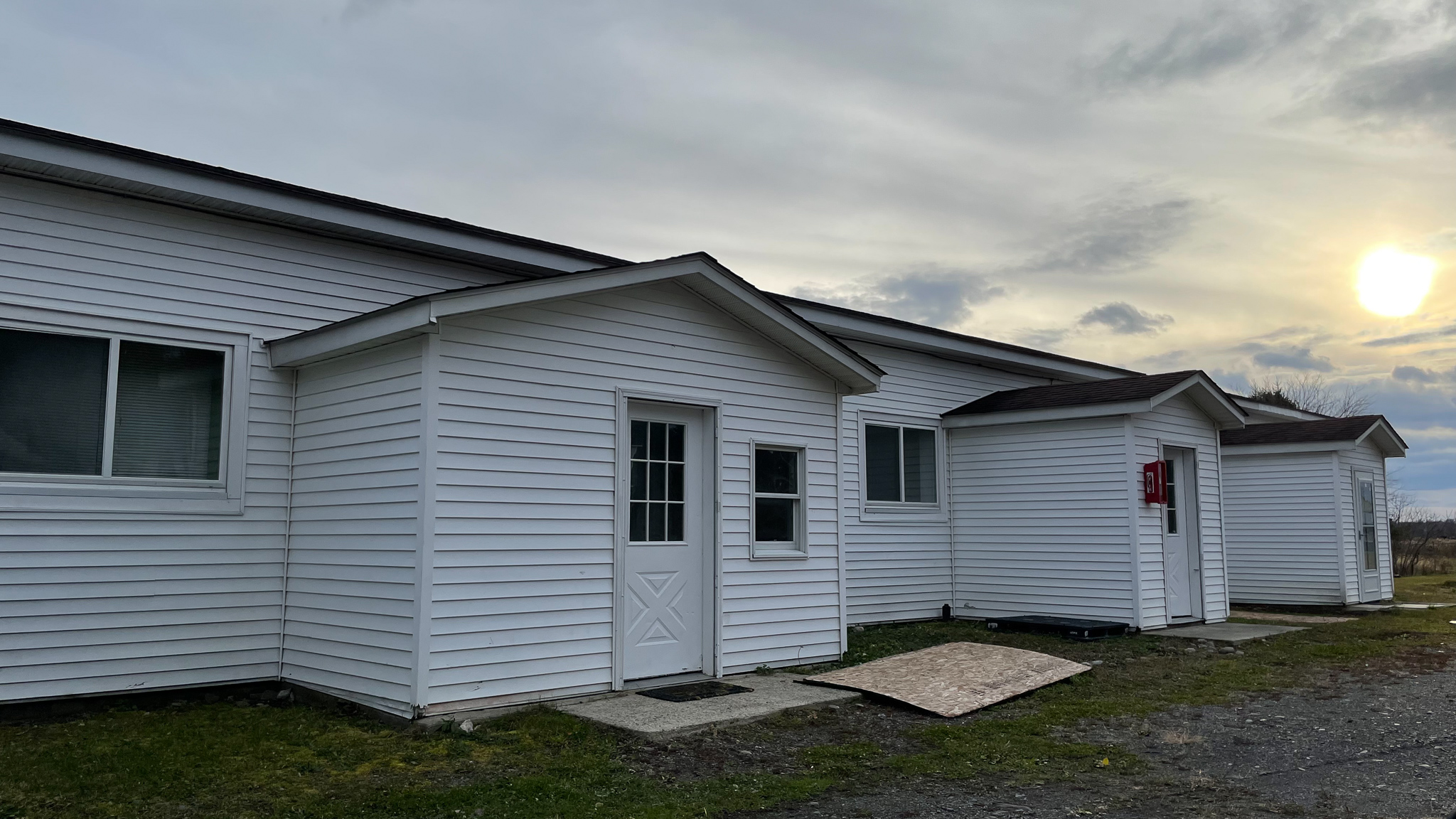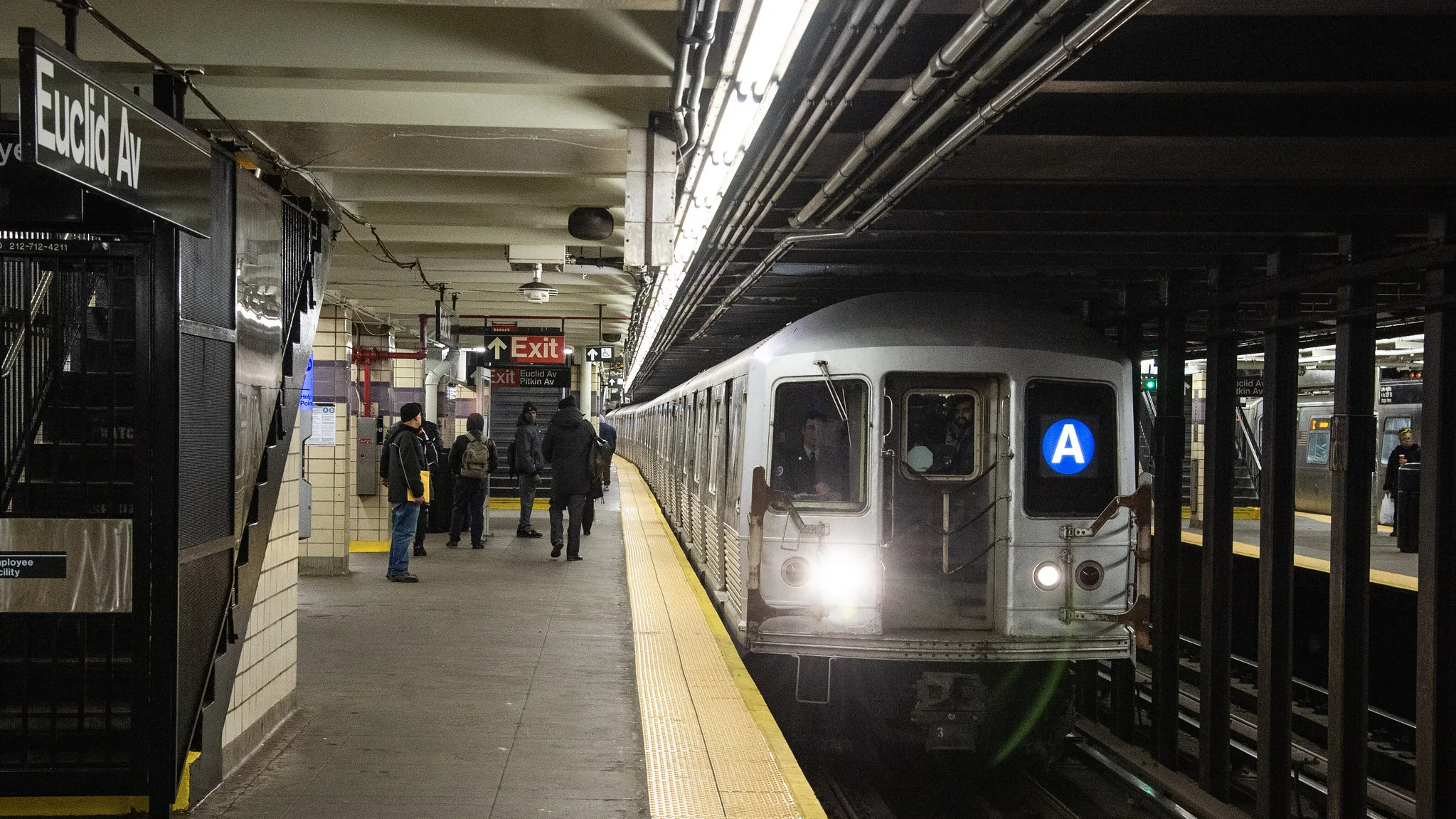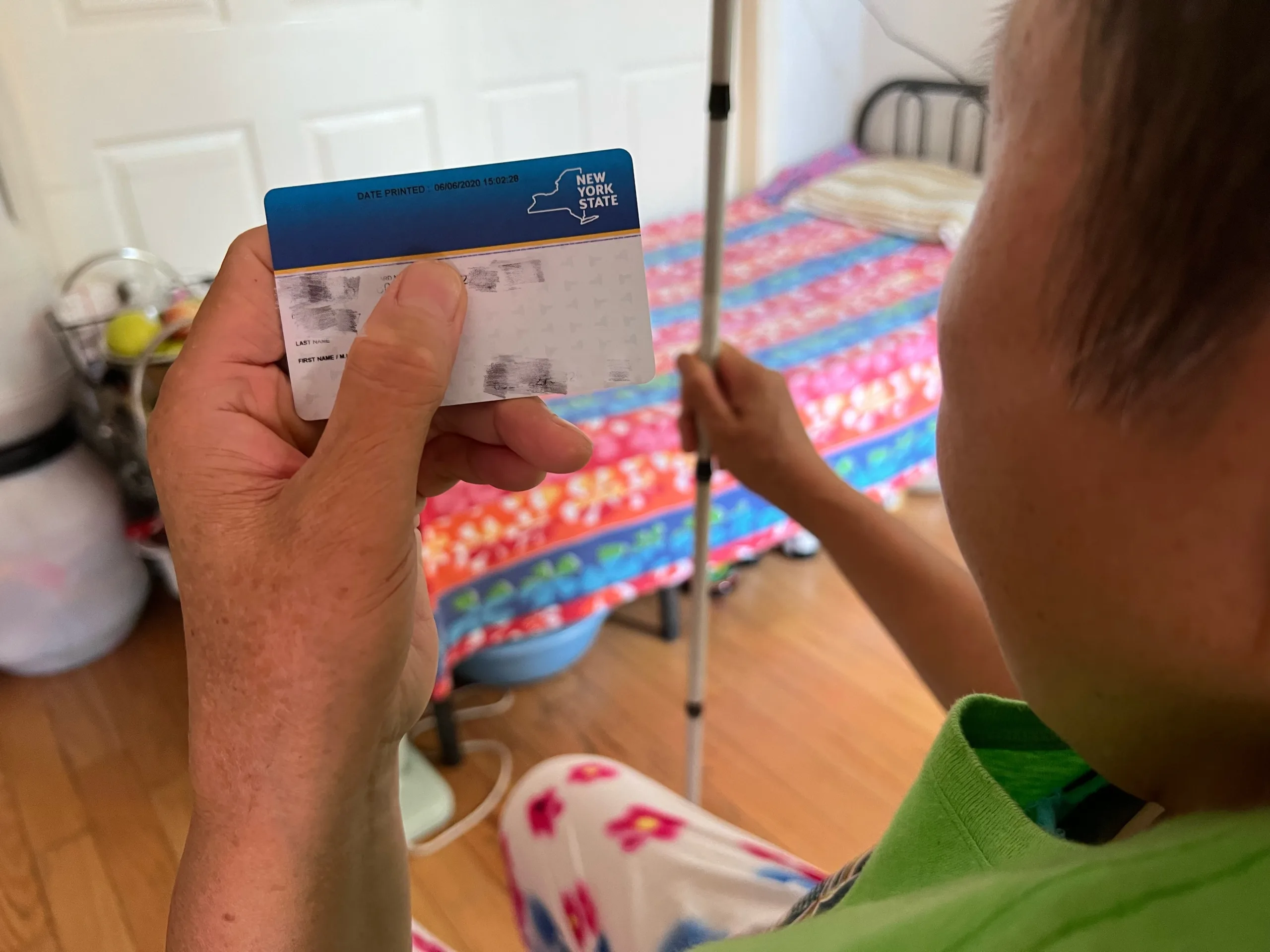In the midst of freezing temperatures, the pandemic and an eviction moratorium, on December 11, 2020, Guadalupe, a 60-year-old onion packer with diabetes and arthritis, was forced to leave his home of over eight years. His co-worker and neighbor, Gerardo, had left a few weeks earlier. Guadalupe was without heat in employer-provided housing for more than six weeks. For 16 days, the temperatures dropped below freezing, reaching zero five times.
Guadalupe and Gerardo are currently engaged in a lawsuit against Gurda Gardens’ president and co-owner Wayne Gurda, as well as Gurda Gardens Ltd. and WG Farms, seeking damages. Both men requested Documented only use their first names.
According to the court documents, the men were constructively evicted from their homes on the family-run Gurda Gardens in Goshen, New York, an onion and lettuce packinghouse that has been in business since 1978. Constructive eviction is illegal. It is a process in which a landlord makes a tenant’s home uninhabitable, forcing them to vacate.
Prior to turning off the heat, the two men and another worker on the farm reported that their hours had been reduced. According to Guadalupe and Gerardo’s lawyers, when the men requested more hours, they were cut from the work schedule. The workers said that Gurda turned away a gas provider when they arrived on the farm to refuel cooking gas for Guadalupe and Gerardo’s homes.
According to the men, their employer did not give oral or written notice of termination nor a request for them to leave their homes.
Guadalupe and Gerardo describe their homes as having peeling paint, brown and fetid water, and a non-functioning sewage system in addition to no heat.
Two longtime workers at the farm told Documented they were satisfied with the state of their housing and had not had issues with the owners.
Federal and New York laws and regulations require annual inspection of farmworker housing. Employers are required to fix violations or shut down the housing. Gurda Gardens was able to avoid housing inspection on their farm due to an overlooked loophole in the law. Employer-provided homes of year-round agricultural workers or seasonal workers who live on the farm all year are not subject to inspection. The law only applies to those considered migrant workers.
Documents from the lawsuit report that when Gerardo attempted to speak to Wayne Gurda about his heat, he avoided conversation by leaving. “When I left, Wayne was just watching me and laughing. His plan was for us to leave,” Guadalupe confirmed.
“Instead of talking to us like we’re human beings, they turned off the heat to force us out of the property. They froze us until we couldn’t take the cold anymore,” Gerado said. It was “in the middle of the COVID-19 pandemic and it was so scary at the time because I did not know where to go or what to do. During this time I couldn’t sleep. We didn’t know if or when we were going to eat,” he continued.
New York had a Covid-related eviction moratorium in place when Gerardo and Guadalupe were evicted, which Governor Kathy Hochul extended to January 2022. The moratorium bars landlords from evicting tenants who can prove a loss of income due to the pandemic or if moving could cause a health risk.
Also Read: What Happens If a Landlord Is Threatening With Evictions and Calling ICE?
Chris Gurda, a family member and lawyer for Gurda Gardens did not respond to a request for comment.
It is not unusual for farm and packinghouse owners to offer housing to their largely immigrant workforce. Without farmworker housing, it is difficult to attract workers for these low-wage, physically demanding jobs.
A complicated paternalistic relationship develops when workers live in employer-provided housing. On the one hand, workers are fearful of not only losing their jobs if they complain, but also losing their homes. On the other hand, some workers feel that their employers are being generous by providing farmworker housing and, as a result, make allowances for poor working and living conditions.
A 2017 report that surveyed 88 dairy farm workers in New York also revealed that housing exacerbates an already unequal power dynamic between workers and employers, which can lead to labor abuses. This is a particularly tenuous situation when workers are undocumented and financially insecure, fearful of deportation and unable to risk losing any income.
Also Read: How Green Empire Farms Failed to Stop One of New York’s Biggest COVID-19 Outbreaks
Guadalupe’s description of his situation illustrates the risks for workers: “We were afraid because of the pandemic, that we would get sick if we had to leave. But it felt like being in a freezer. We would even boil water so the steam would make things warmer in the bedrooms. It was hard because you have no money and have to figure out where to go and you are thinking you’ve been there for years and you’ll be there for a while more. And then they turn off the heat to get you to go. It was very sudden.”
The New York State Farm Laborers Fair Labor Practices Act (FLFPA) went into effect January 2020. This legislation gave farmworkers in New York State a collection of labor rights and protections, including overtime pay, collective bargaining and a day of rest. It made a small change to farmworker housing inspections, requiring the NYS Department of Health to conduct them all, whereas the state Department of Labor previously conducted inspections when fewer than five workers were housed. The new law did not include housing inspections for workers who live year-round.
“Even after farmworkers gained all of these new protections through the Farm Laborers Fair Labor Practices Act, there are still gaping holes in protections for farmworkers, particularly those in year-round employer-provided housing in New York,” said Guadalupe’s attorney Alaina Varvaloucas of the Farmworker Law Project of New York.
On the same property as Guadalupe and Gerardo’s previous homes are sprawling multi-story houses belonging to the Gurda family. The juxtaposition in housing conditions is stark.
“It’s like the tale of two cities. The employer has a tremendous amount of resources and lives in beautiful housing just down the road, while the employees are allowed to live in conditions dangerous to human health,” Varvaloucas said.
According to the court documents, Guadalupe and Gerardo reported that sewage would often seep into their homes and they, along with other tenants, would be tasked with pumping it into a nearby field.
“Brown, almost black, water leaked from the faucets, emitting a foul smell,” details the summons and complaint document, which described the farmworker housing as “unhealthy, unfit, and unsanitary.” During a site visit to Gurda Gardens, Documented found Guadalupe and Gerardo’s previous home — they lived in the same unit but had separate bedrooms — vacant, with peeling paint, water stains covering the walls, what looked like black mold, and a toilet tank held together with tape. It is unclear whether the poor conditions of the home was a product of many months of vacancy or whether the homes had always been this way. It did appear that the housing was under renovation with one new range and two of the bathrooms gutted.
“It was a problem that had been there for years, that when the septic tank was too full, the wastewater would flood into the bedrooms,” said Guadalupe. He went on, “Wayne knew about all of this, but he didn’t care about safety, or people getting sick. For him, our health and safety didn’t matter. The only thing that mattered was that we were doing the work. Immigrant workers are there just to do the work.”
Another Gurda Gardens employee said that in the 16 years he has worked for the packaging plant, he hasn’t had issues with his housing and trusts that if he did, the owners would respond and assist. He also mentioned being kicked out of his home on the previous farm he worked for when the farm went out of business.
Also Read: 12 Workers Make History Forming New York’s First Farmworkers Union
“There probably wasn’t good communication,” he responded to our question about why the farm owners turned off the heat in Guadalupe and Gerardo’s homes. “The business doesn’t have feelings,” he added, expressing that it is on the two men to find a way to make their homes suitable for living, not on the employer.
Another worker who has been working on the farm for over 18 years said he felt satisfied with his working and living conditions. He said he didn’t know why Gerardo and Guadalupe left and confirmed that their housing was being repaired. Both of these workers and their families who live with them were infected with COVID and quarantining at the time of our visit. They do not know if they will be compensated for their time under quarantine.
A 2013 effort to include dairy housing inspections by the New York office of the federal Occupational Health and Safety Housing Administration (OSHA) was met not only with industry opposition, but also seven members of the New York Congressional delegation fought against the proposal. Their main argument was that the housing was permanent and therefore exempt from inspections. In a reply, David Michaels, then assistant secretary of OSHA agreed with them, to the chagrin of farmworker advocates.
“There are essentially two classes of housing and two classes of workers: migrant workers and those who work year round, even though they do similar work,” said Varvaloucas. She explained that in the case of year-round employer-provided housing, the burden is on the worker to report issues to local building code offices. In contrast, for migrant workers, she detailed, “at least someone is routinely doing an inspection and issuing a permit…so it is more likely that something will be caught and a worker will not have to step up, speak up, or report it.”
Inadequate housing conditions are not uncommon on farms. In November, Documented visited a Long Island farmworker who had an apartment in a barn in extremely poor conditions. Because the worker lived year-round, no one was inspecting their farmworker housing. The range and kitchen cabinets were falling apart, mold was rife, and the worker who lived there reported having rats. She had repeatedly complained to the farm owner, to no avail. Workers tend to accept such situations, reasoning that no housing would be worse than poor housing.
“My understanding is that laws specifically protecting migrant workers came about because they are seen as especially vulnerable which is of course accurate. But I think excluding year-round workers is an oversight,” explained Varvaloucas. She said dairy was an obvious example and that dairy workers “are just as vulnerable as migrant workers.”
The aforementioned report, MILKED, found that 97 percent of the dairy workers surveyed in New York lived in employer-provided housing, which were “usually old farm houses or trailers, but sometimes makeshift rooms off the barn or milking parlor.” The report revealed that of those dairy workers interviewed, “58% report bug or insect infestations in their homes, 48% have no locks on their doors, 32% have holes in their walls or floors, and 32% have insufficient ventilation.”
“I would not wish this on anyone. I remember thinking to myself if I ever become a boss, I will never treat people this way,” said Gerardo.















